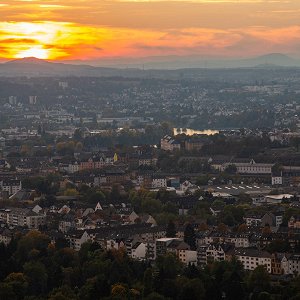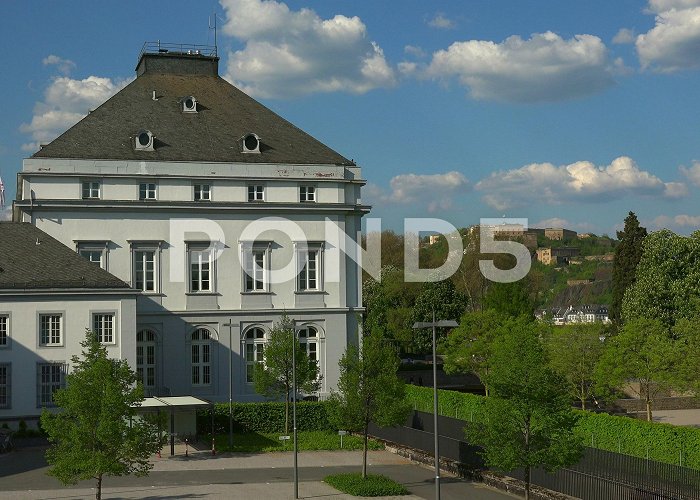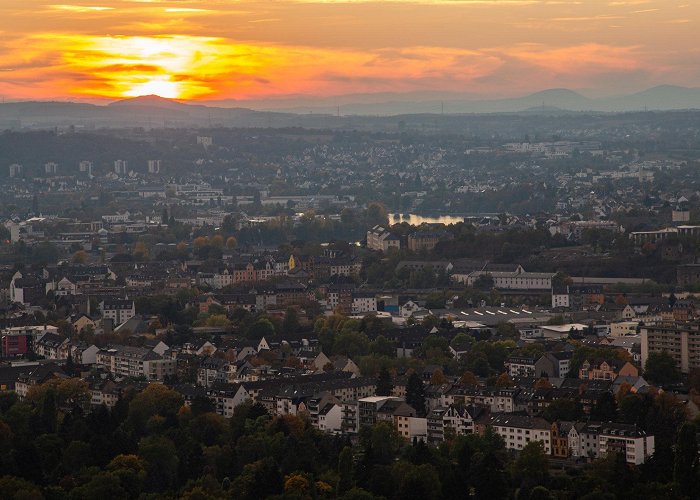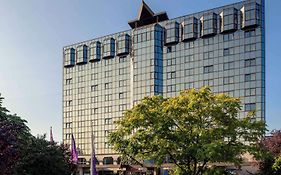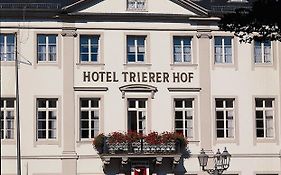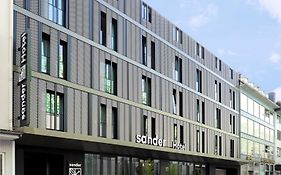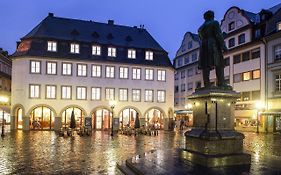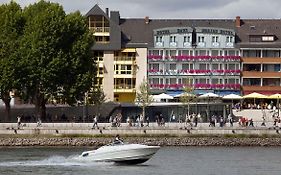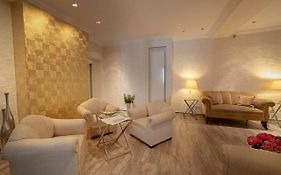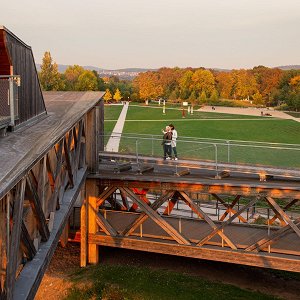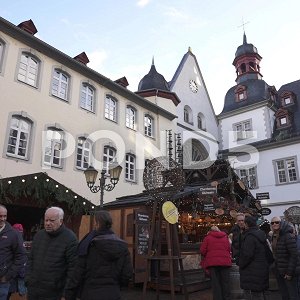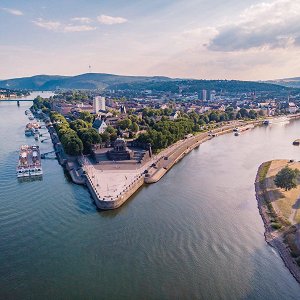
Embed Image

Embed Image
The Electoral Palace in Koblenz, Germany, is a majestic palace that stands as a testament to the rich history of the region. This impressive building is a must-visit for tourists in Koblenz, as it offers a glimpse into the grandeur of the past. Originally built in the 18th century as the residence of the Archbishop-Elector of Trier, the Electoral Palace is a prime example of Baroque architecture, characterized by its ornate decorations, grand halls, and elaborate facade. Visitors can marvel at the palace's exquisite interior and learn about the cultural significance of the building, which has served as a symbol of power and influence in the Rhineland region.
The Electoral Palace holds a significant place in the cultural heritage of Koblenz and has been carefully preserved to showcase its historical and architectural significance. The palace is a focal point for understanding the political and social landscape of the region during the Baroque period. Visitors can explore the opulent rooms, stunning gardens, and impressive grounds, gaining insight into the lifestyle of the aristocracy and the architectural feats of the time. The building also serves as a venue for cultural events and festivals, offering visitors the opportunity to immerse themselves in the local traditions and customs of the area.
For tourists visiting the Electoral Palace, guided tours provide an engaging and informative experience, shedding light on the rich history and cultural legacy of the palace. The knowledgeable guides offer insights into the construction techniques and engineering feats that went into creating such a remarkable structure. Visitors can also learn about the preservation efforts and restoration projects that have ensured the palace remains a cherished historical landmark. With its accessibility and visitor-friendly amenities, the Electoral Palace is a destination that offers a captivating journey into the past, making it an essential stop for anyone exploring the cultural treasures of Koblenz.
